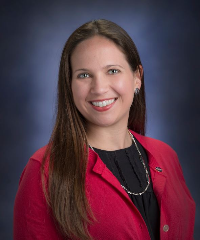
Published Date2 Years Ago
- 5843 Views
Have you heard there is a new clouds project? It is called NASA GLOBE CLOUD GAZE. It is a merger of GLOBE Clouds and The Zooniverse online citizen science platform. A one-week pacing guide is now available! Sky photographs are one of the most requested portions of a GLOBE Clouds observation. This is because there is so much you can do with them. Photographs give scientists the...
Posted in:
Curriculum:
Science and Math
STEM
GLOBE Science Topics:
Backyard Science
Climate
Climate Change
Data Included
General Science
GLOBE Protocols
Earth System Science
Investigation Areas:
Atmosphere
Learning Activities:
Atmosphere and Climate
News Topics:
News Briefs
Primary Audience:
Alumni
Country Coordinators
Partners
Scientists
Students
Teachers
Trainers





